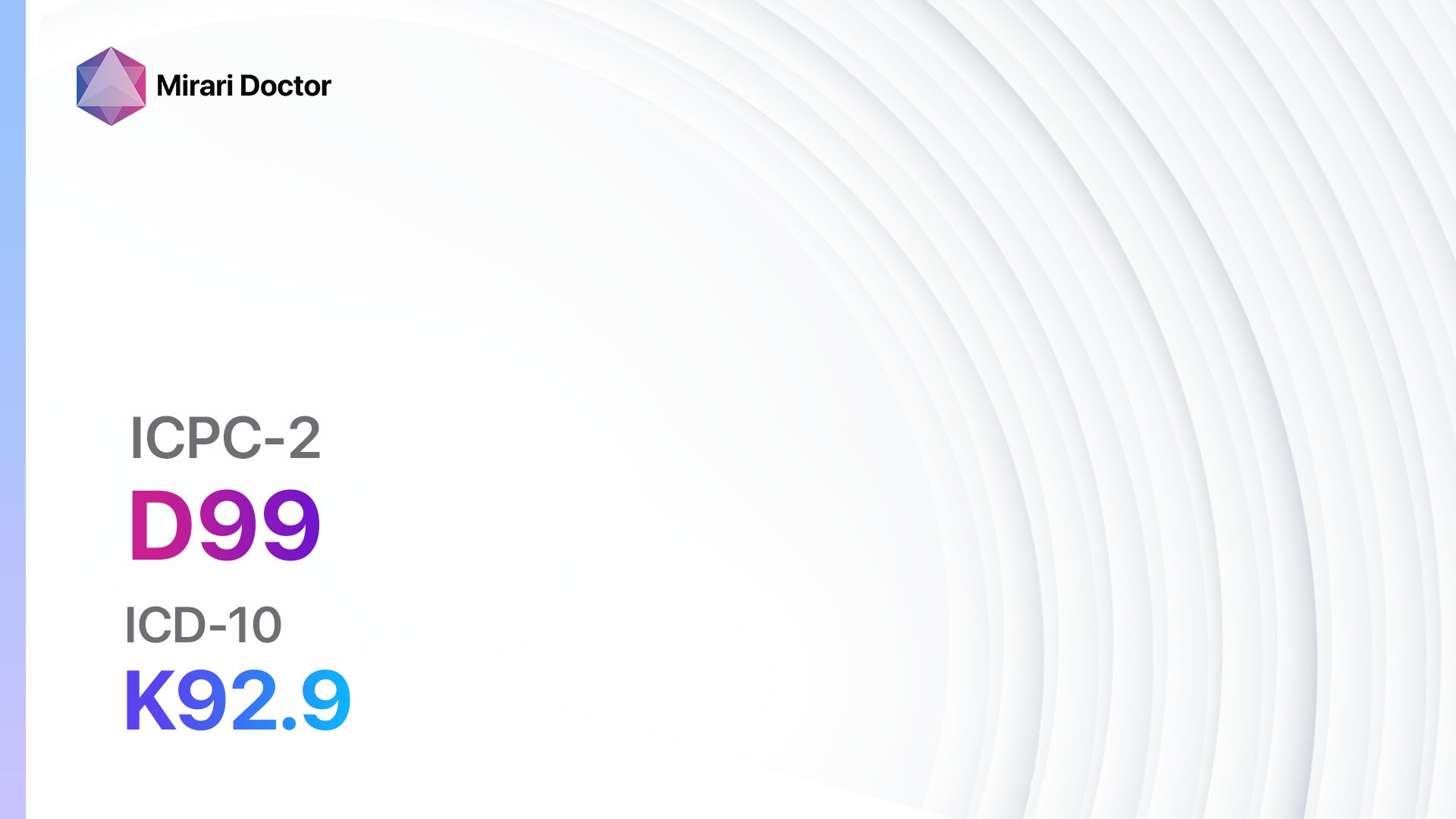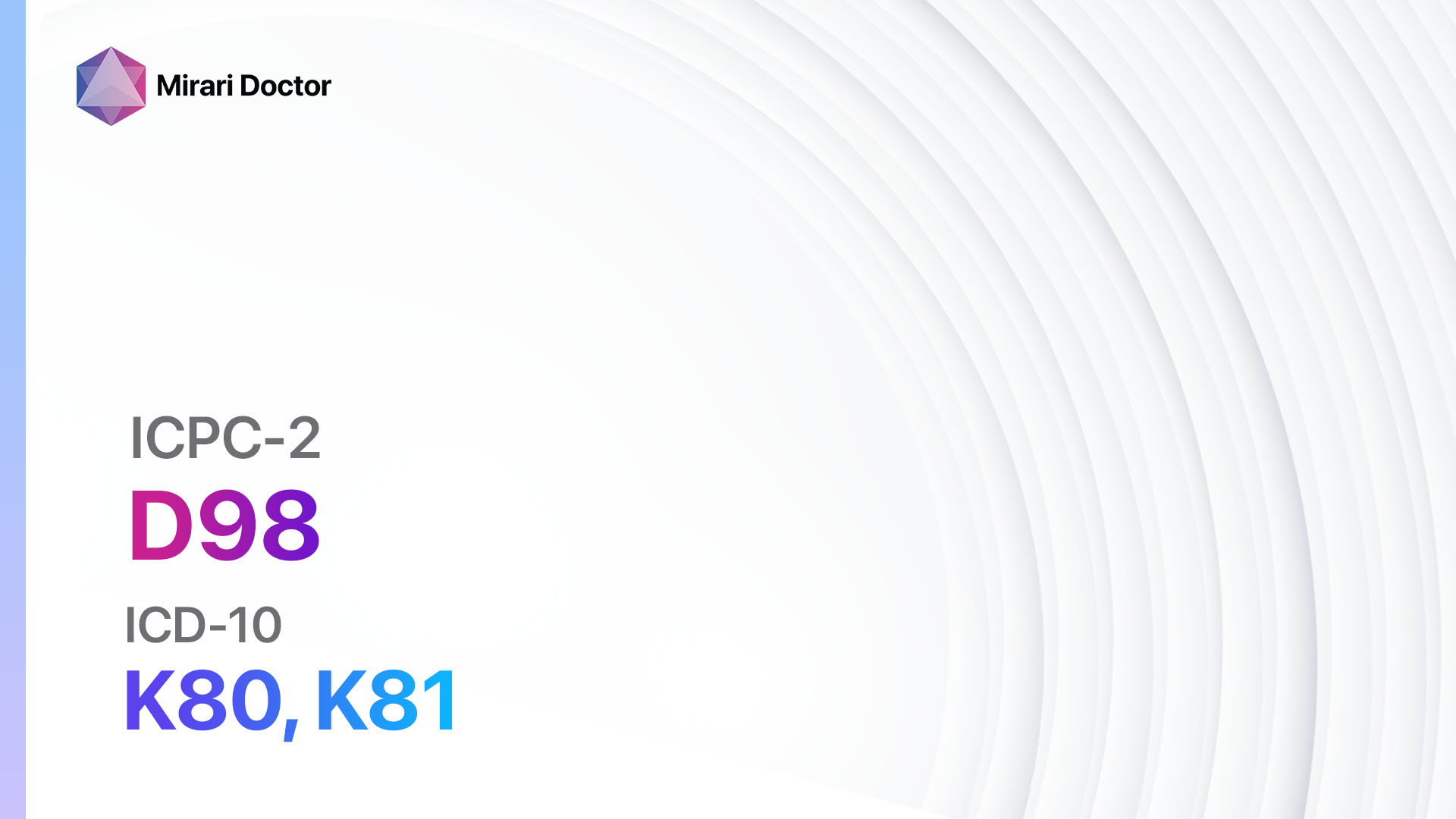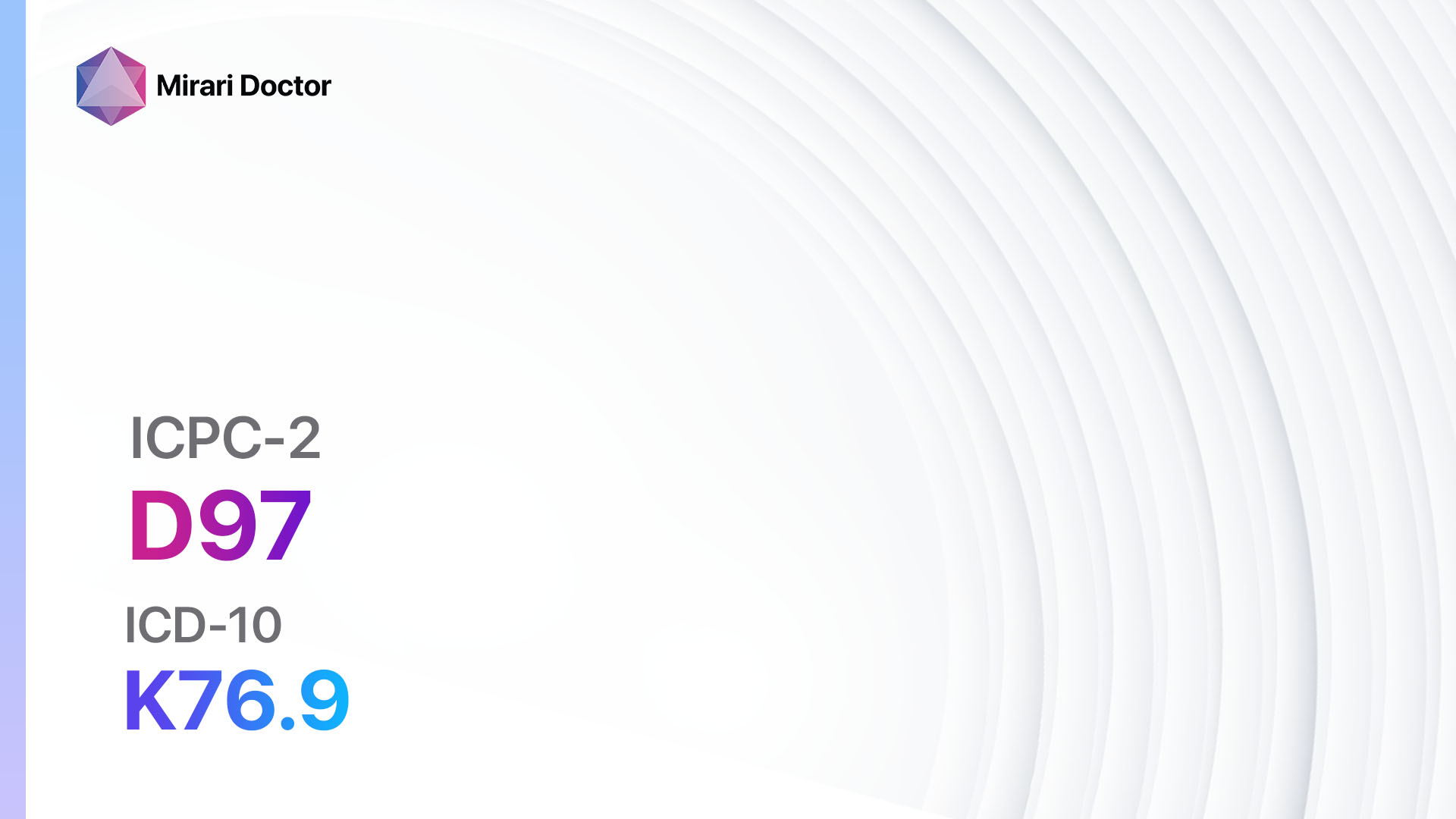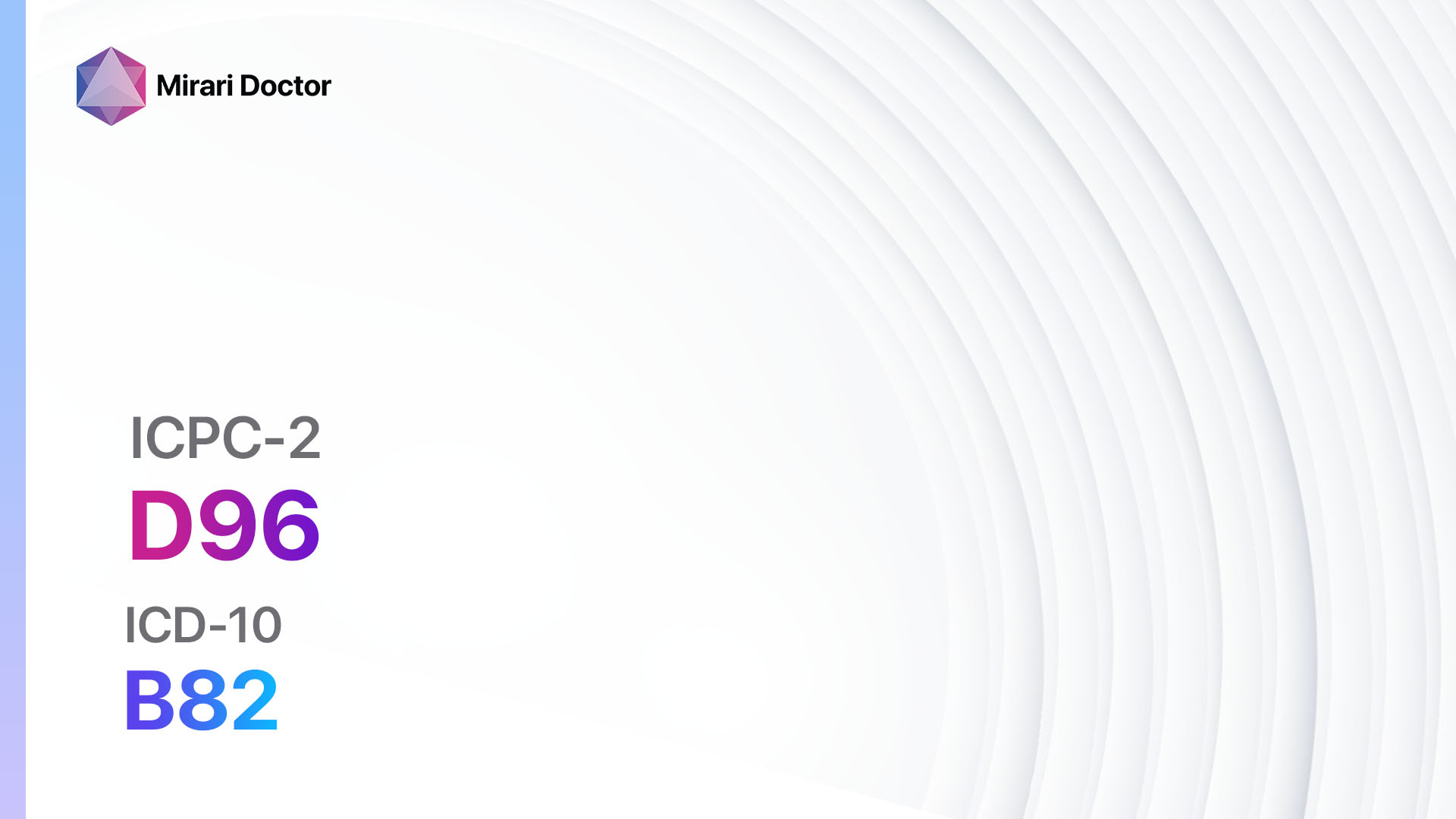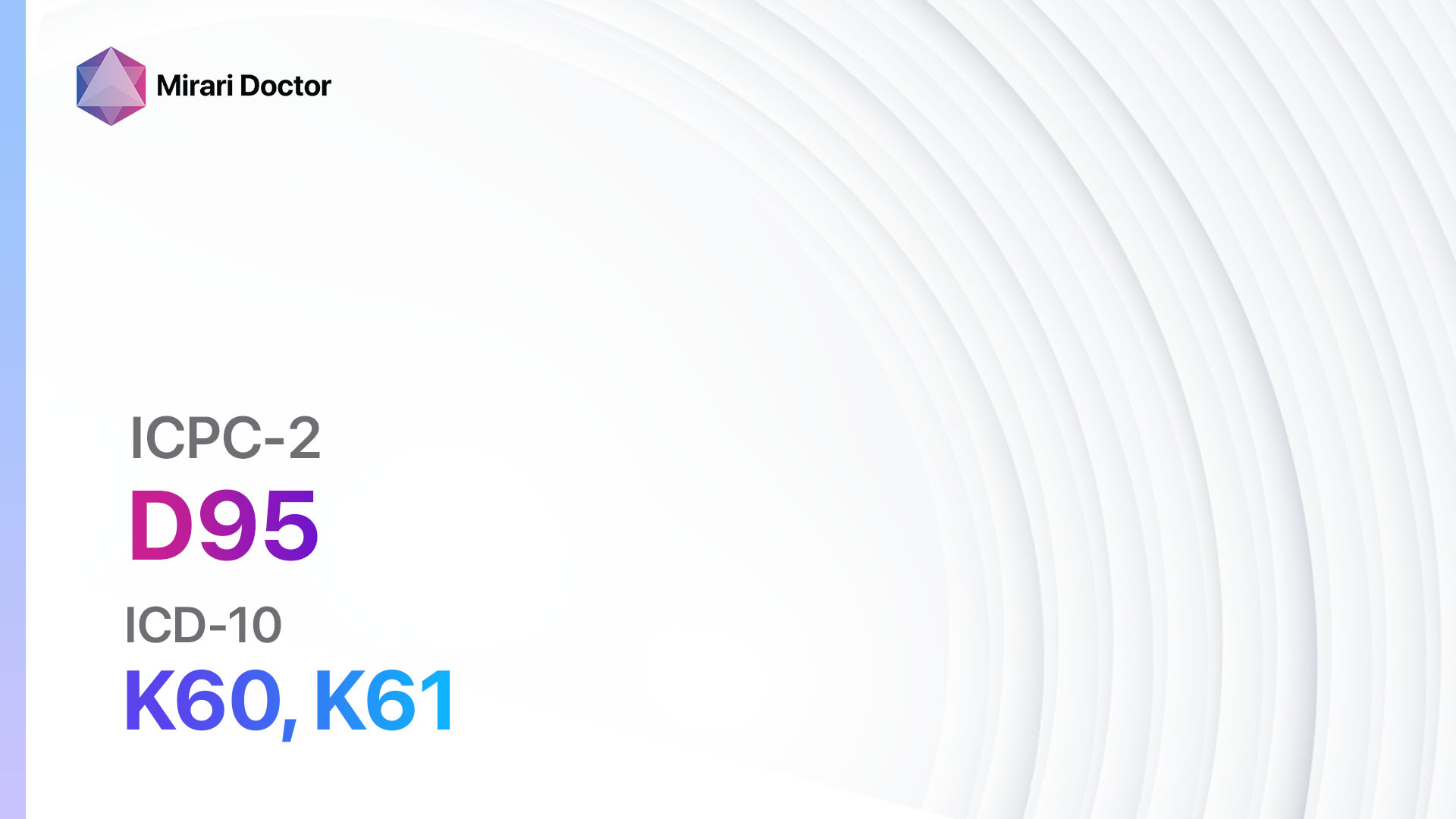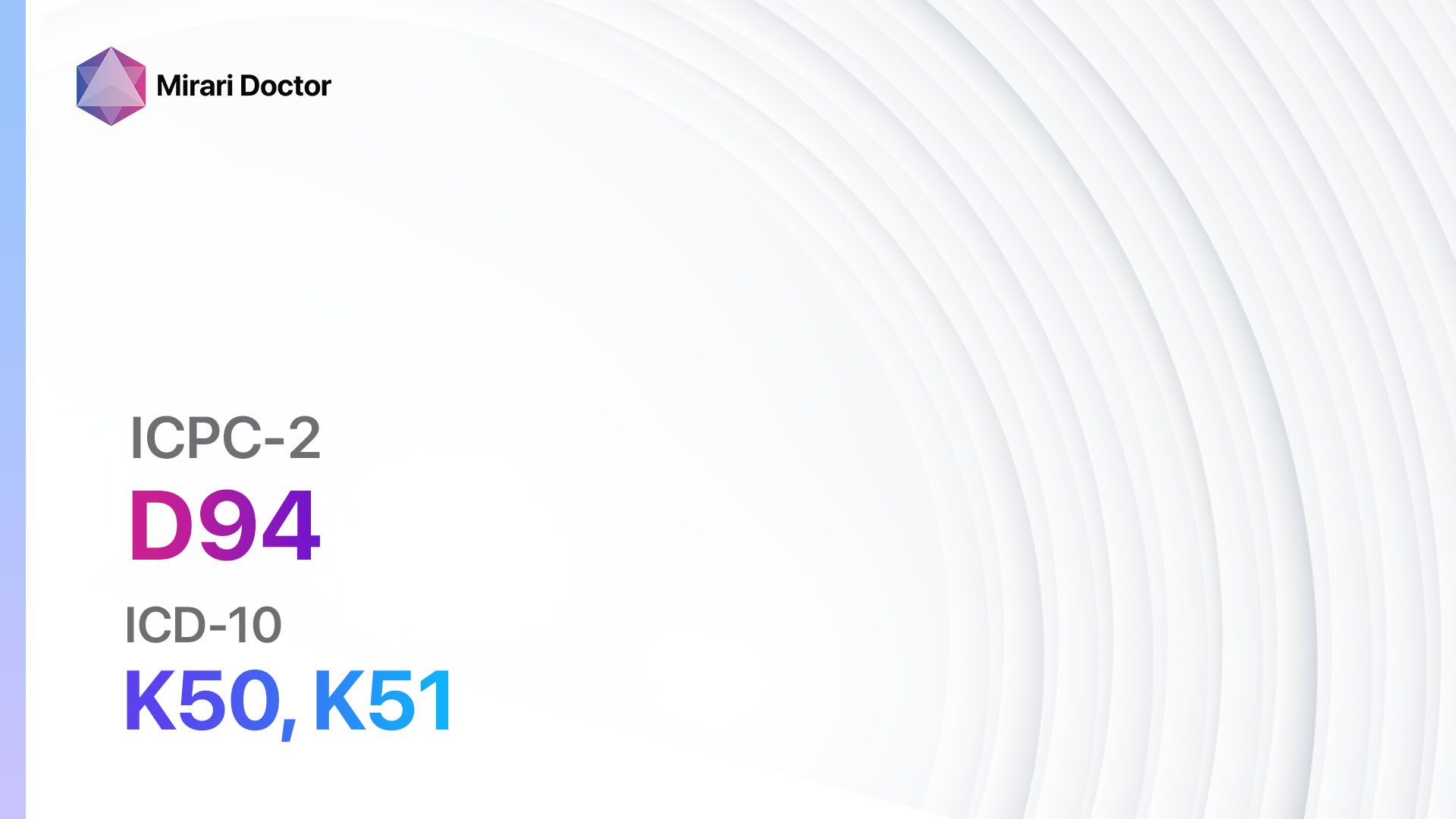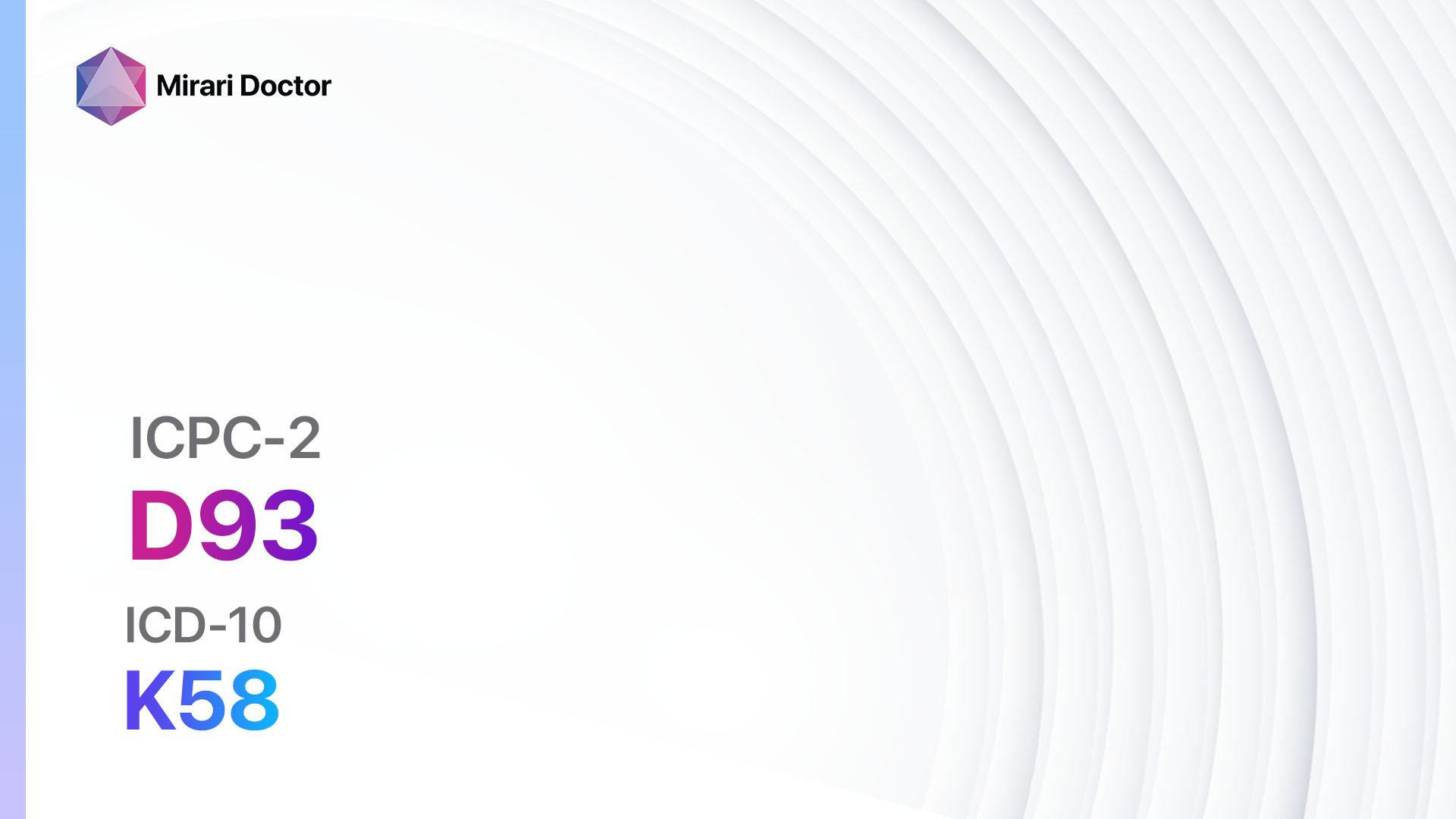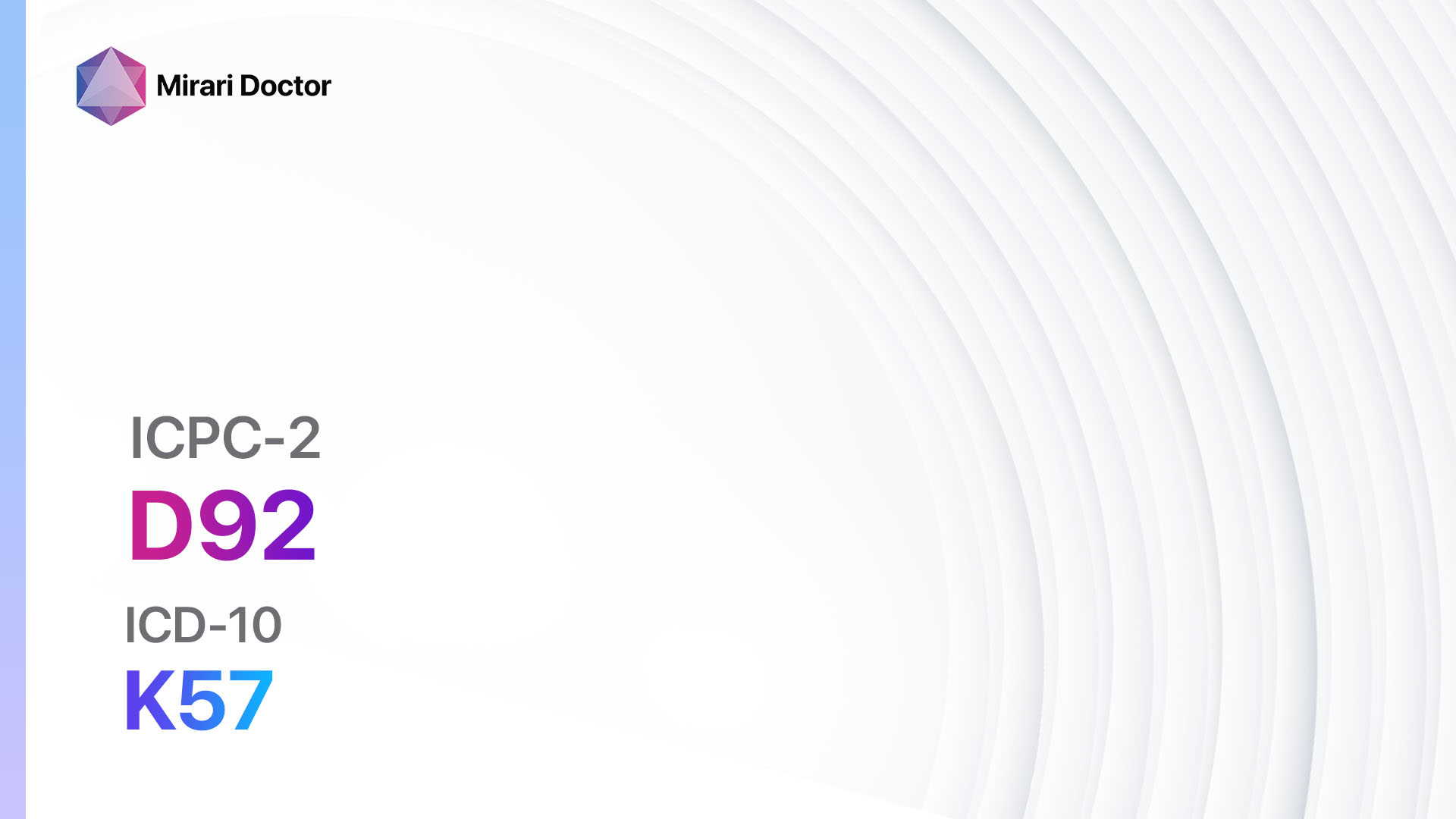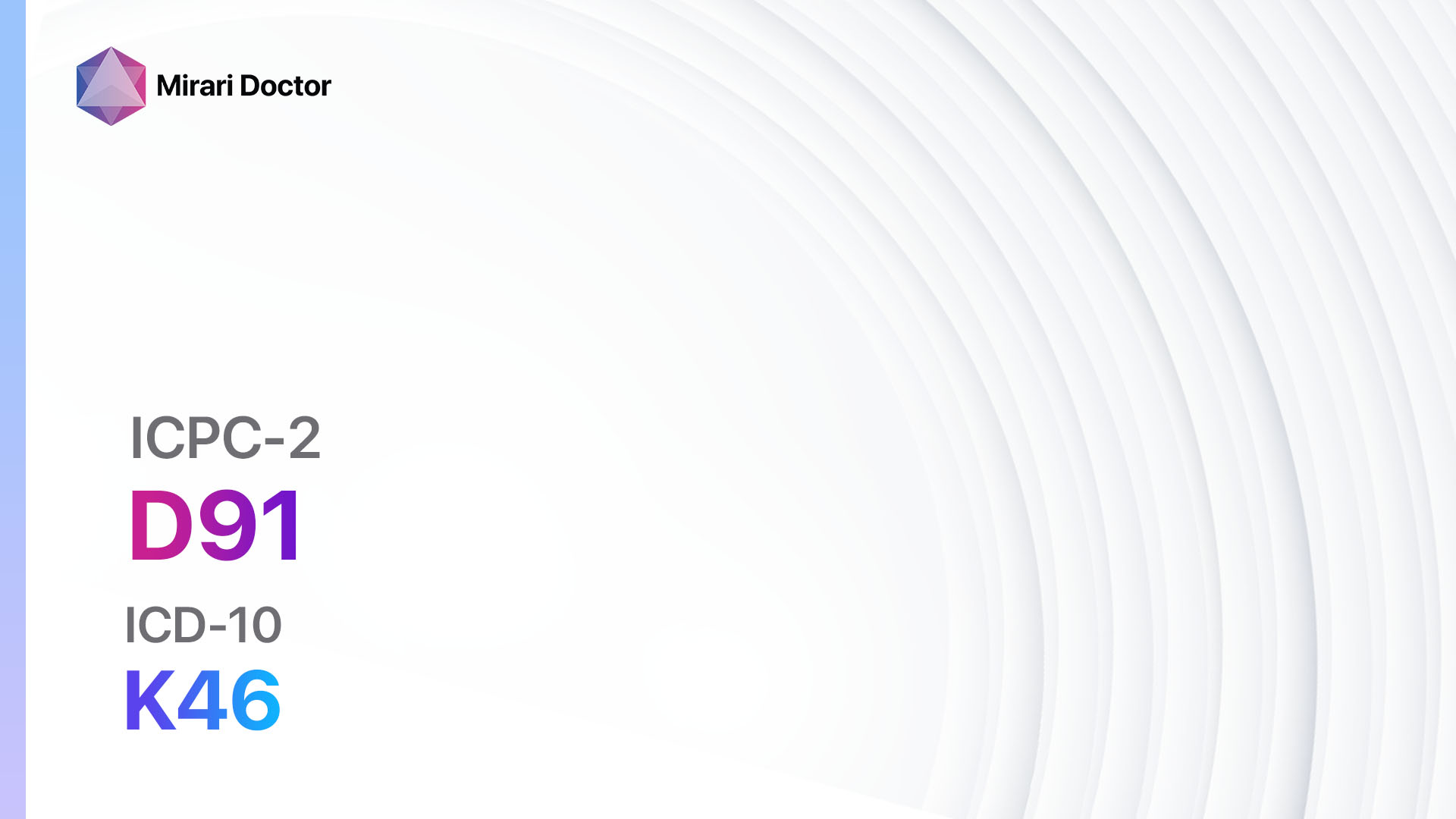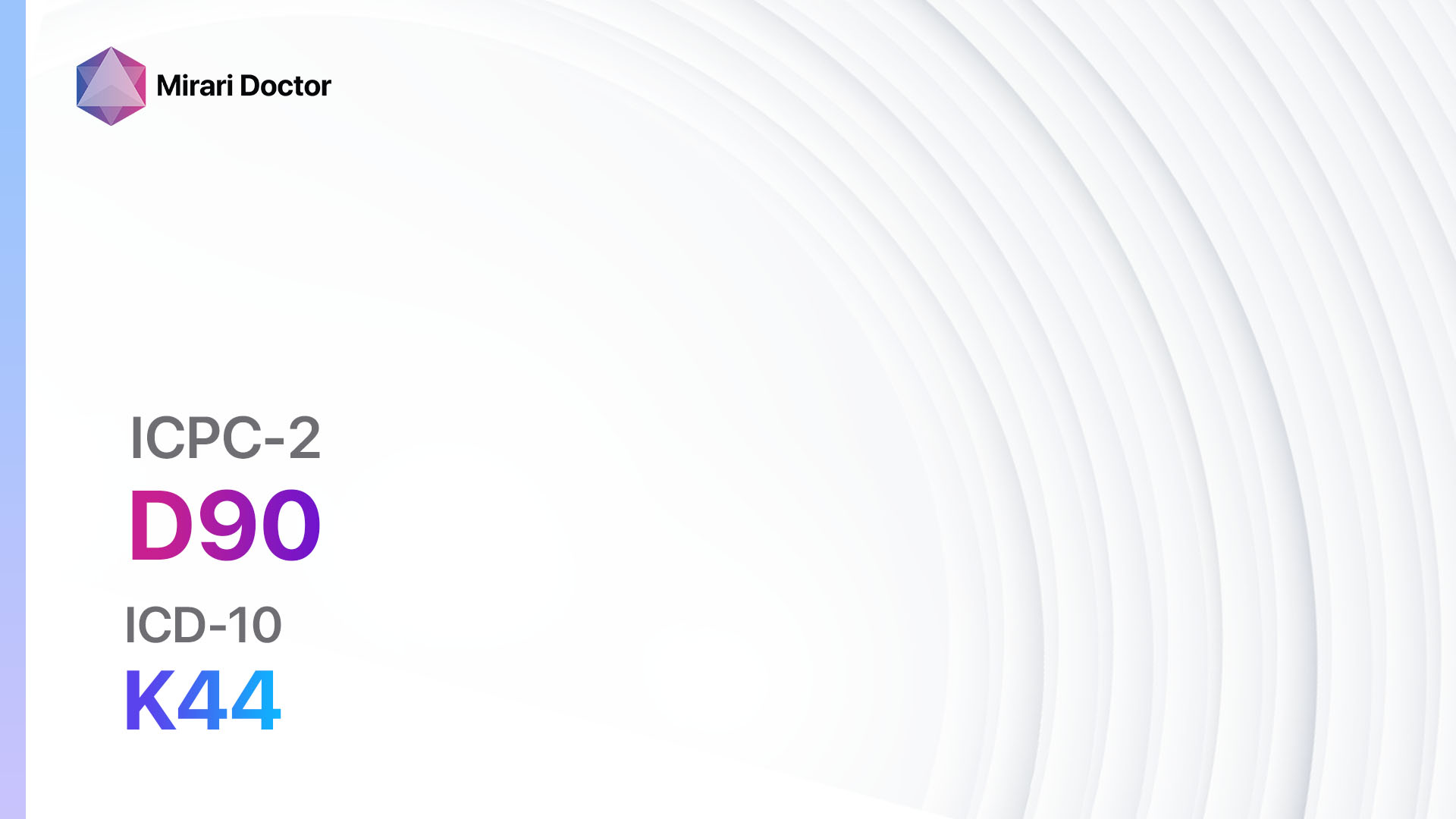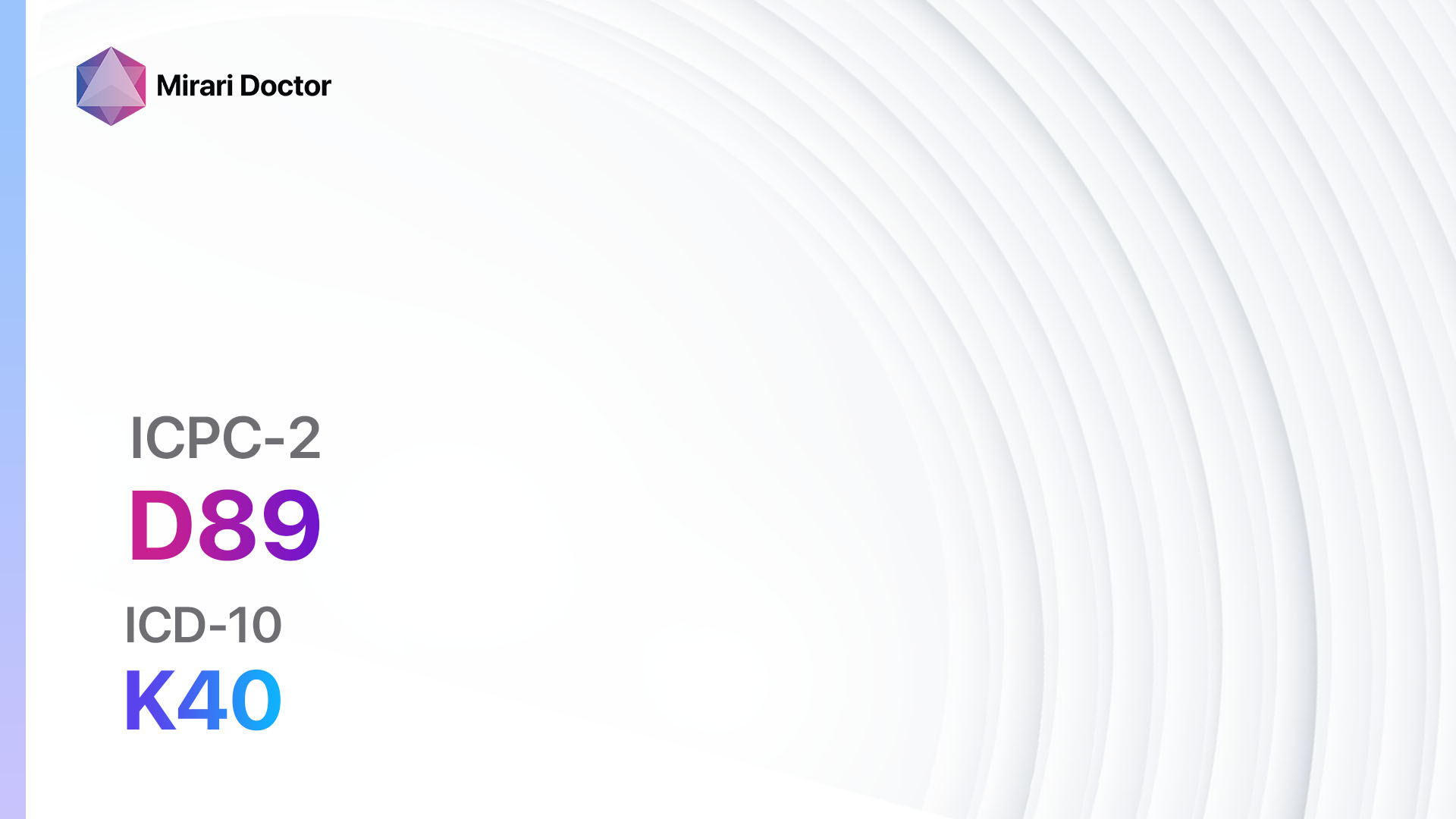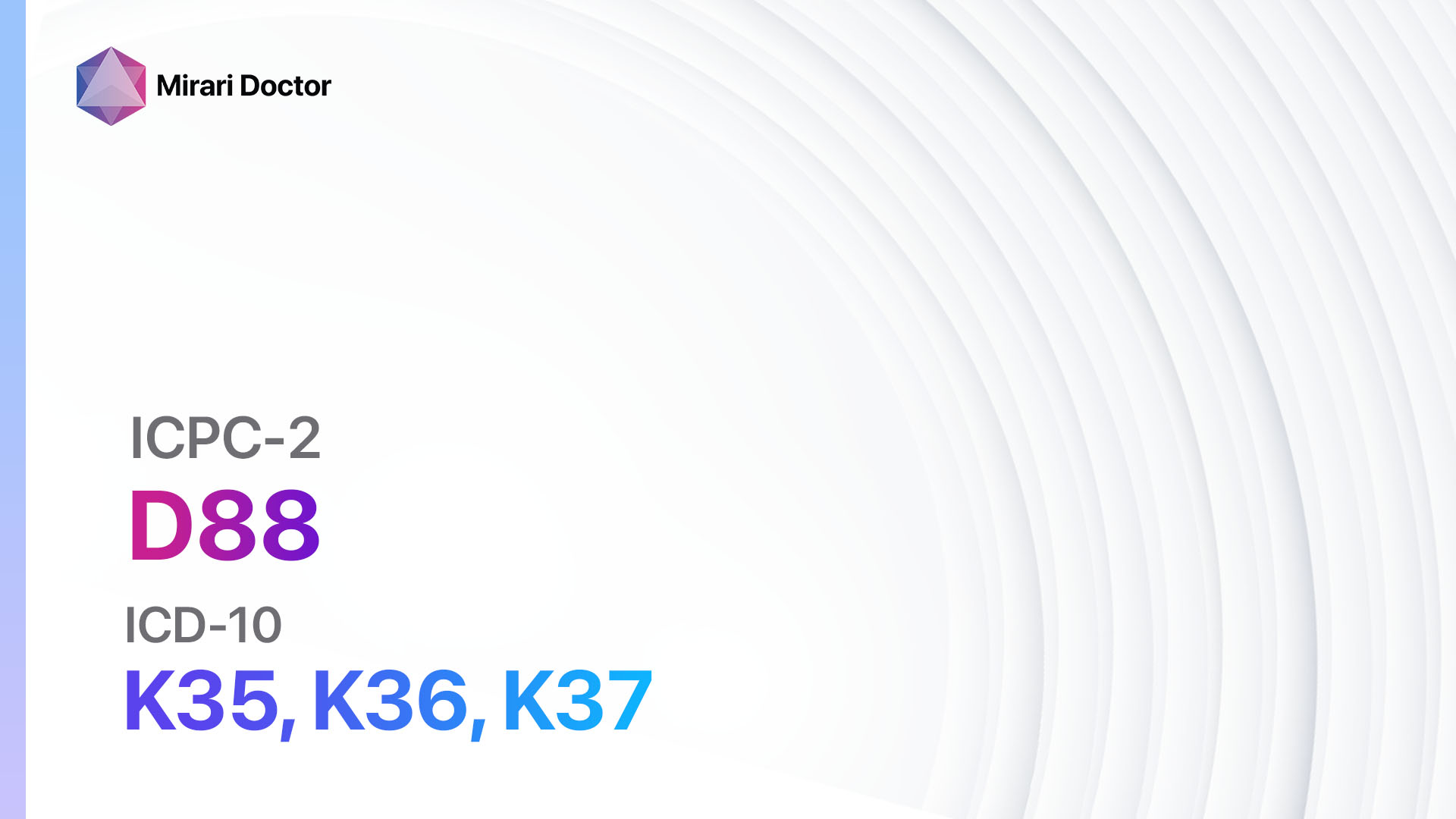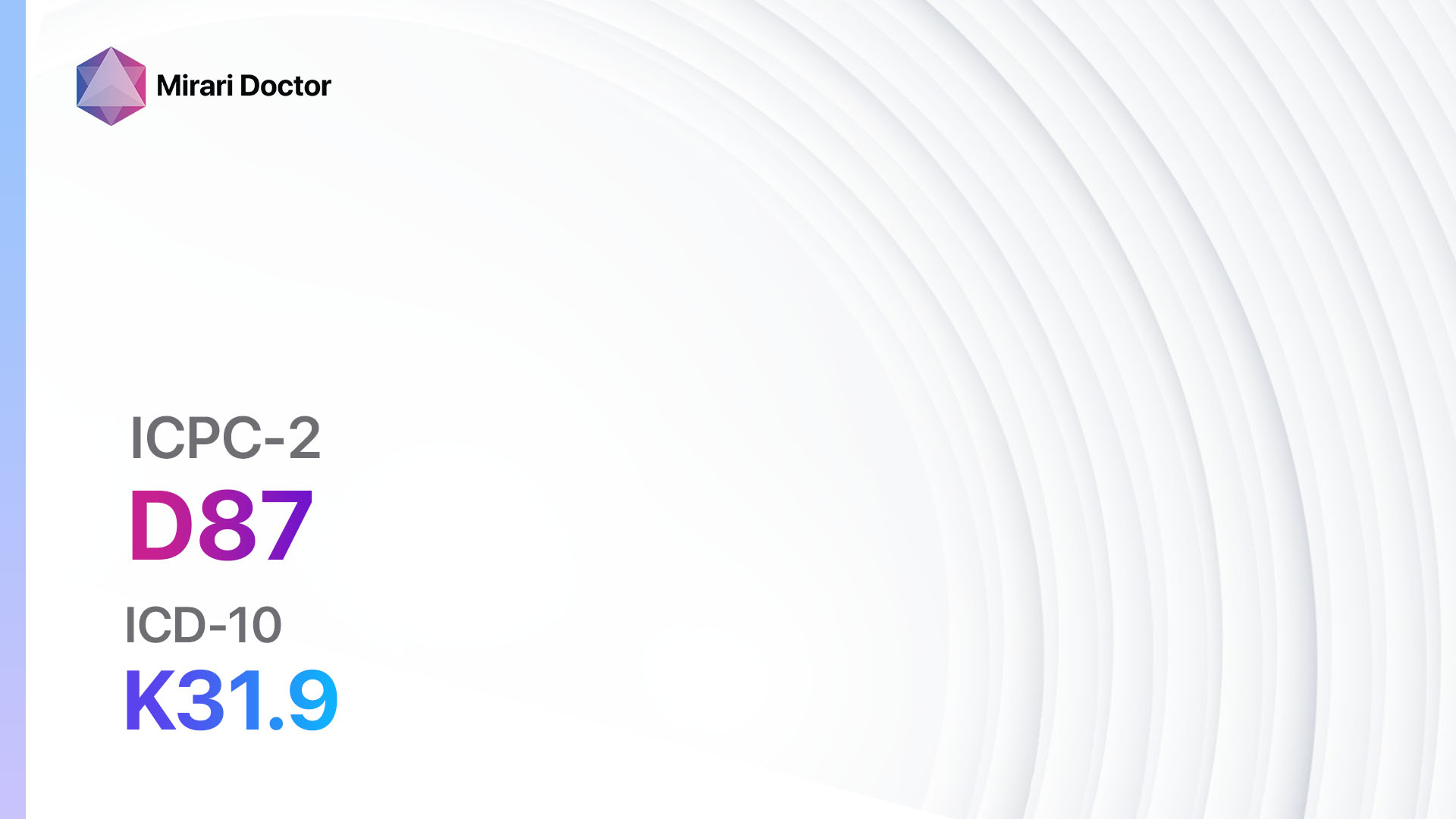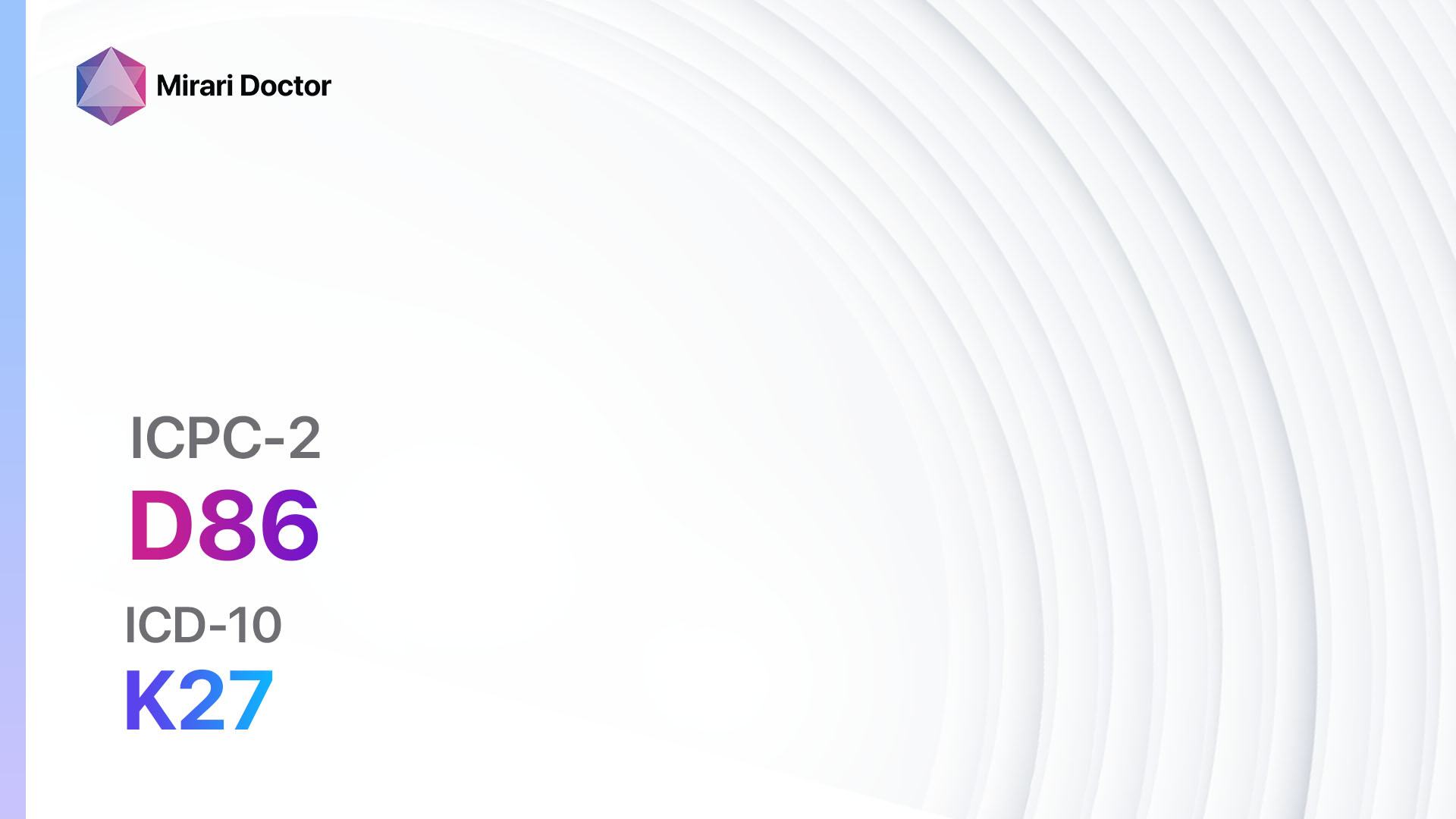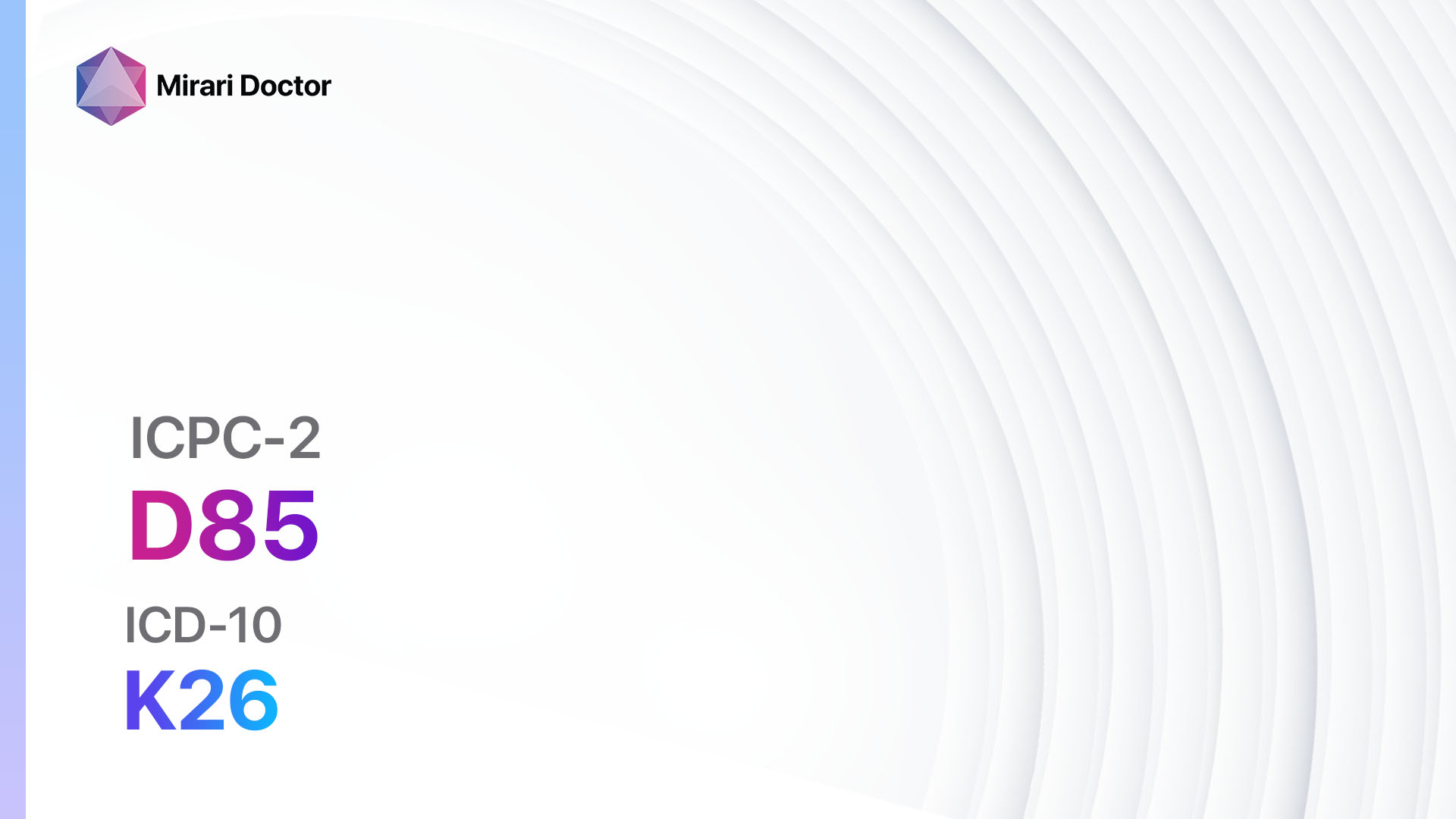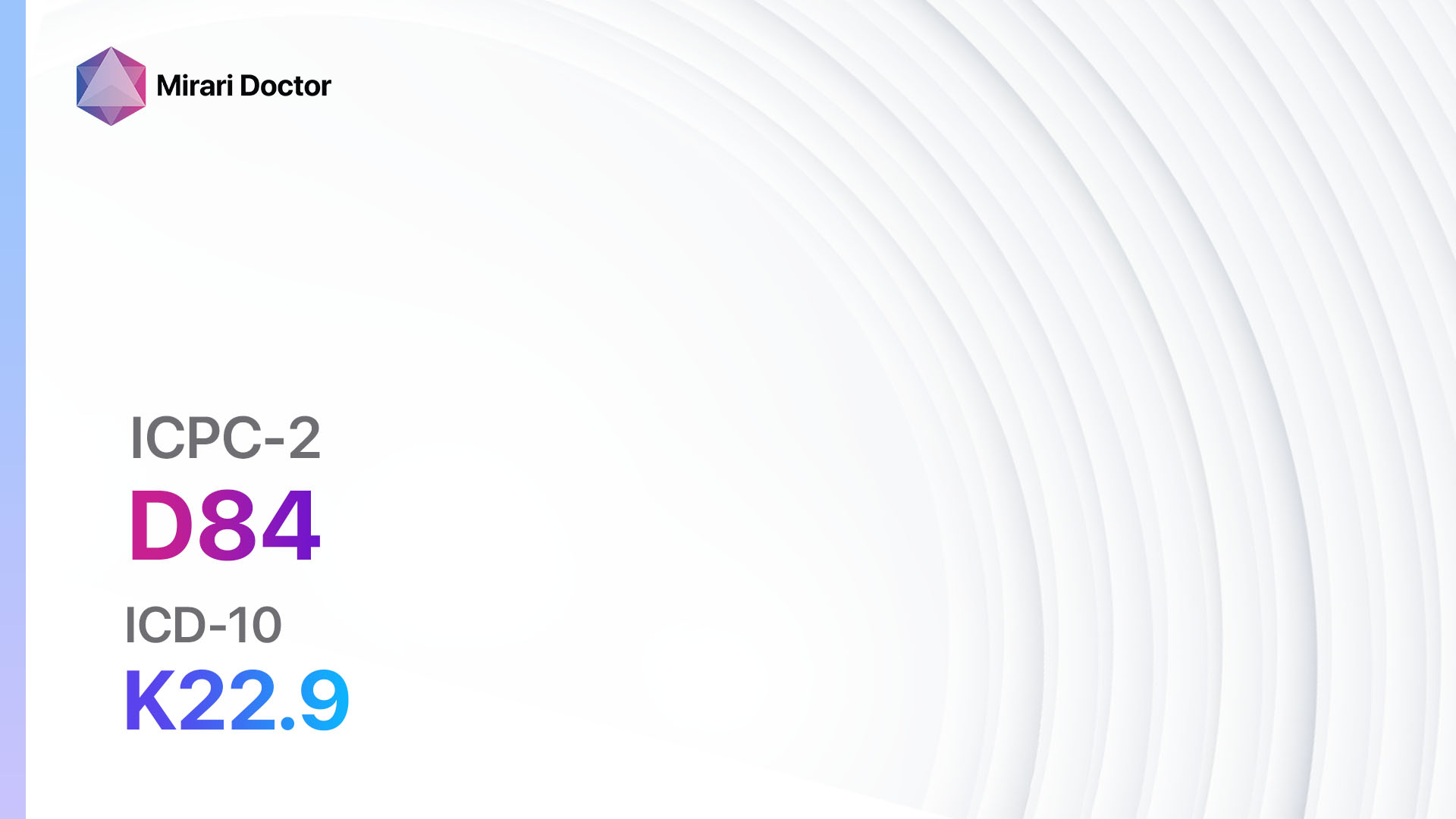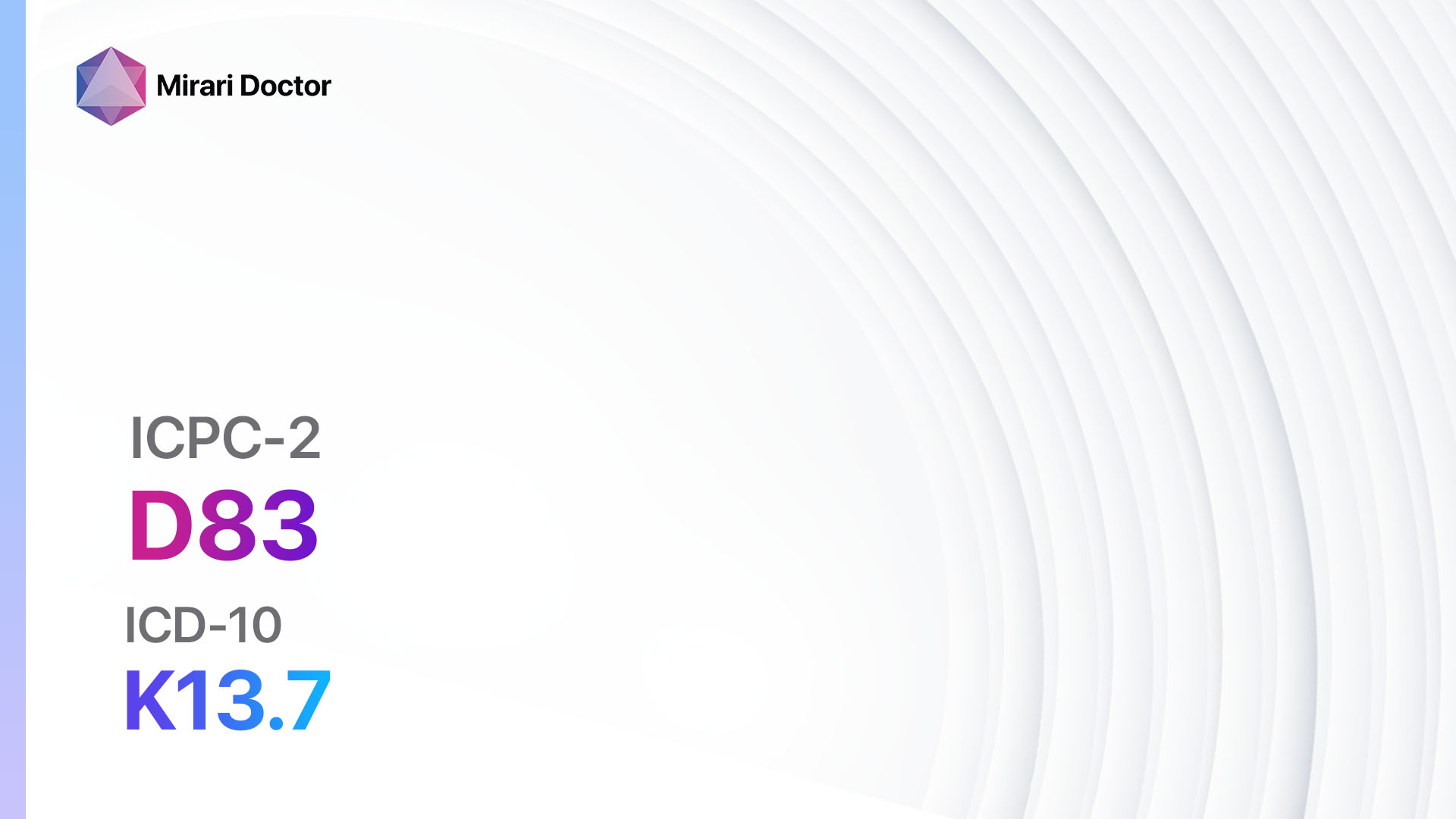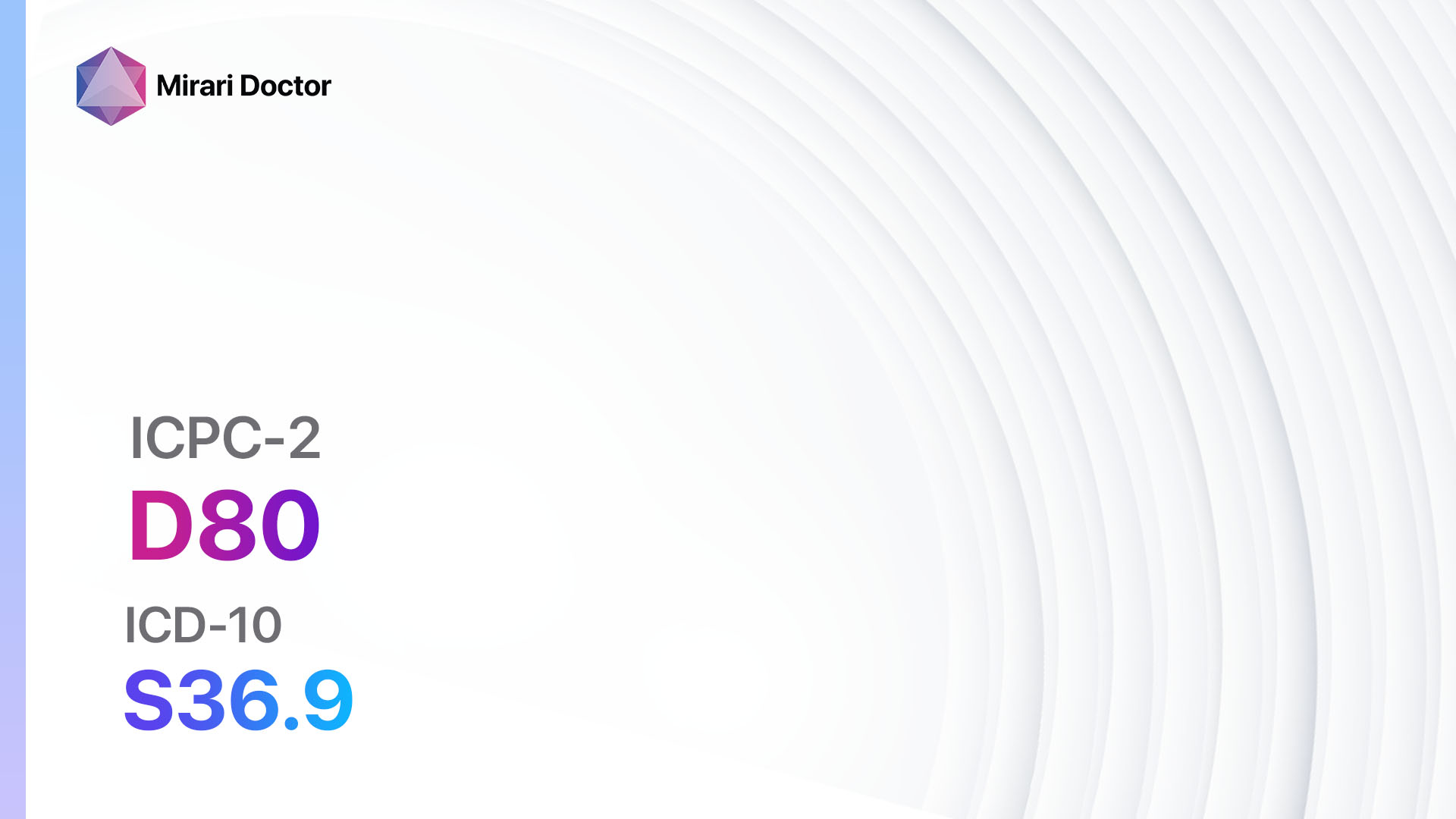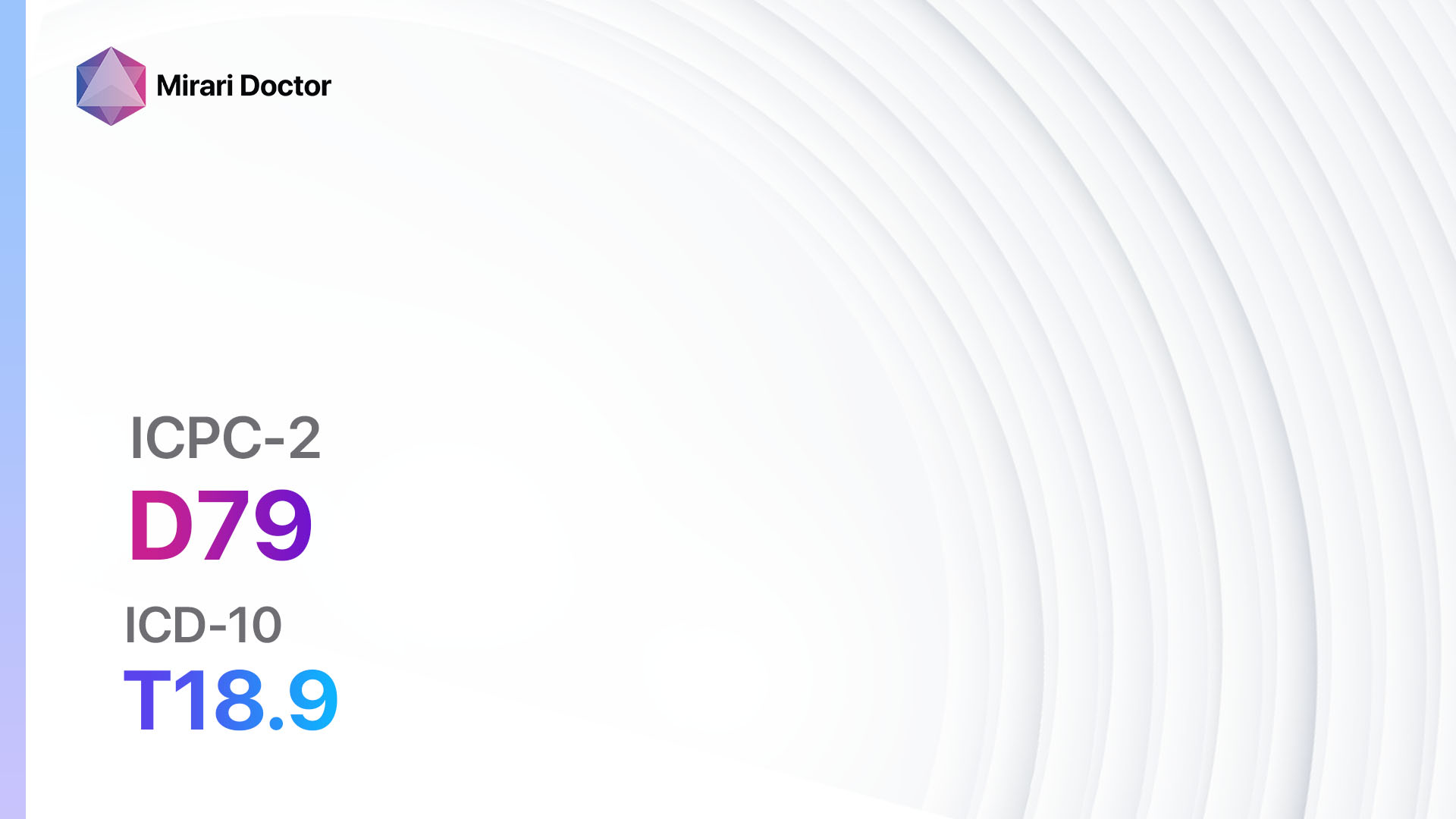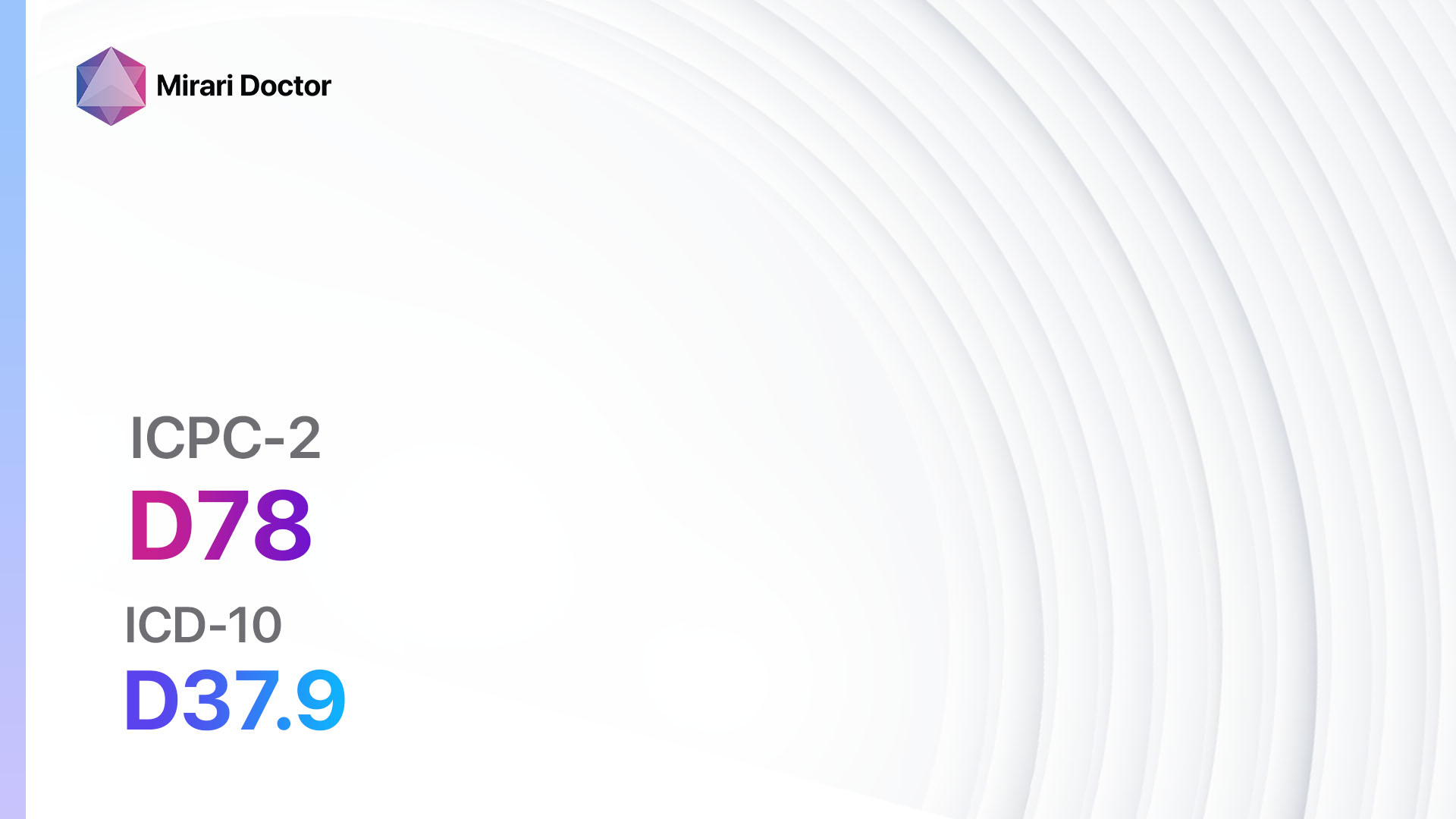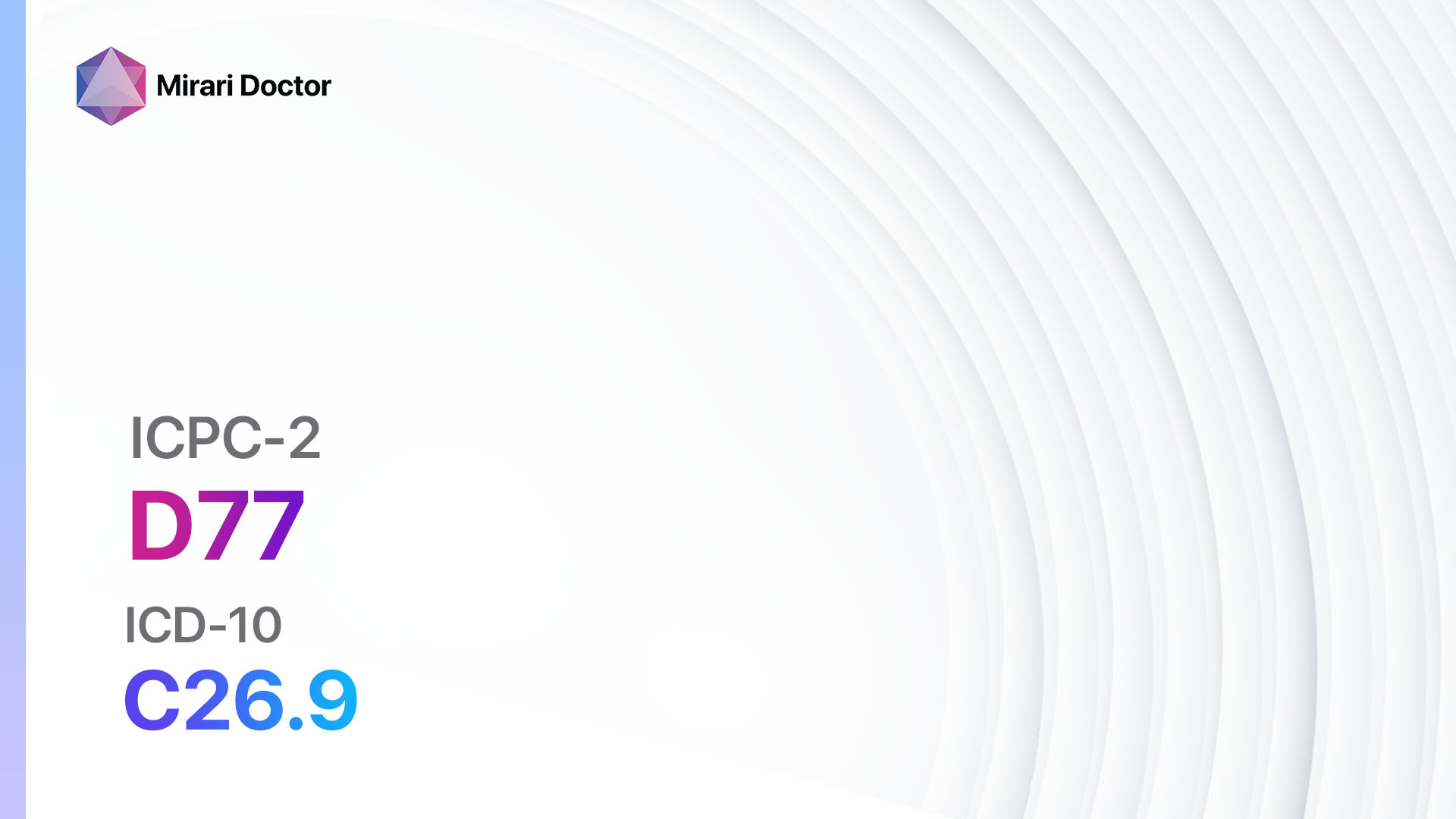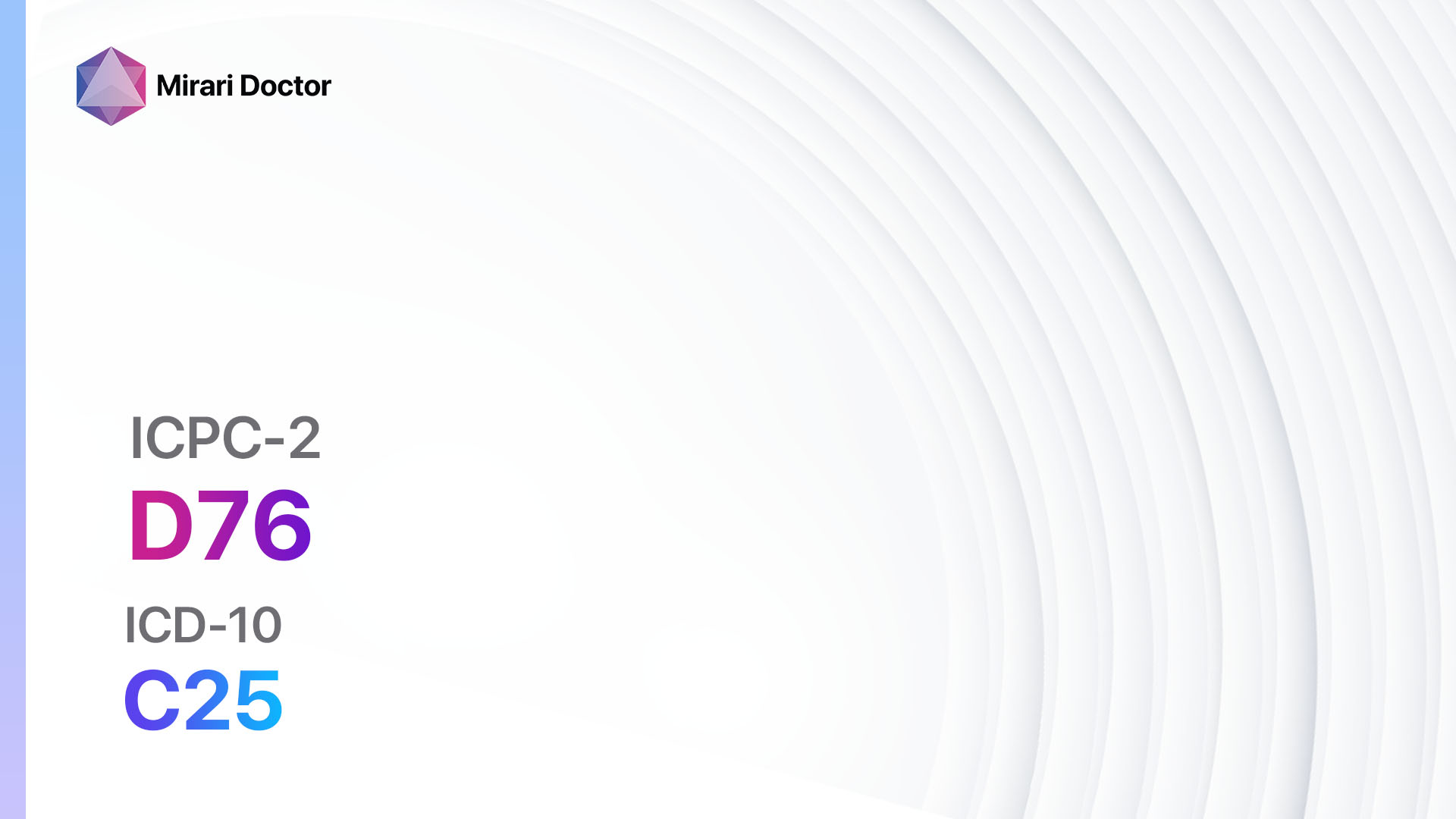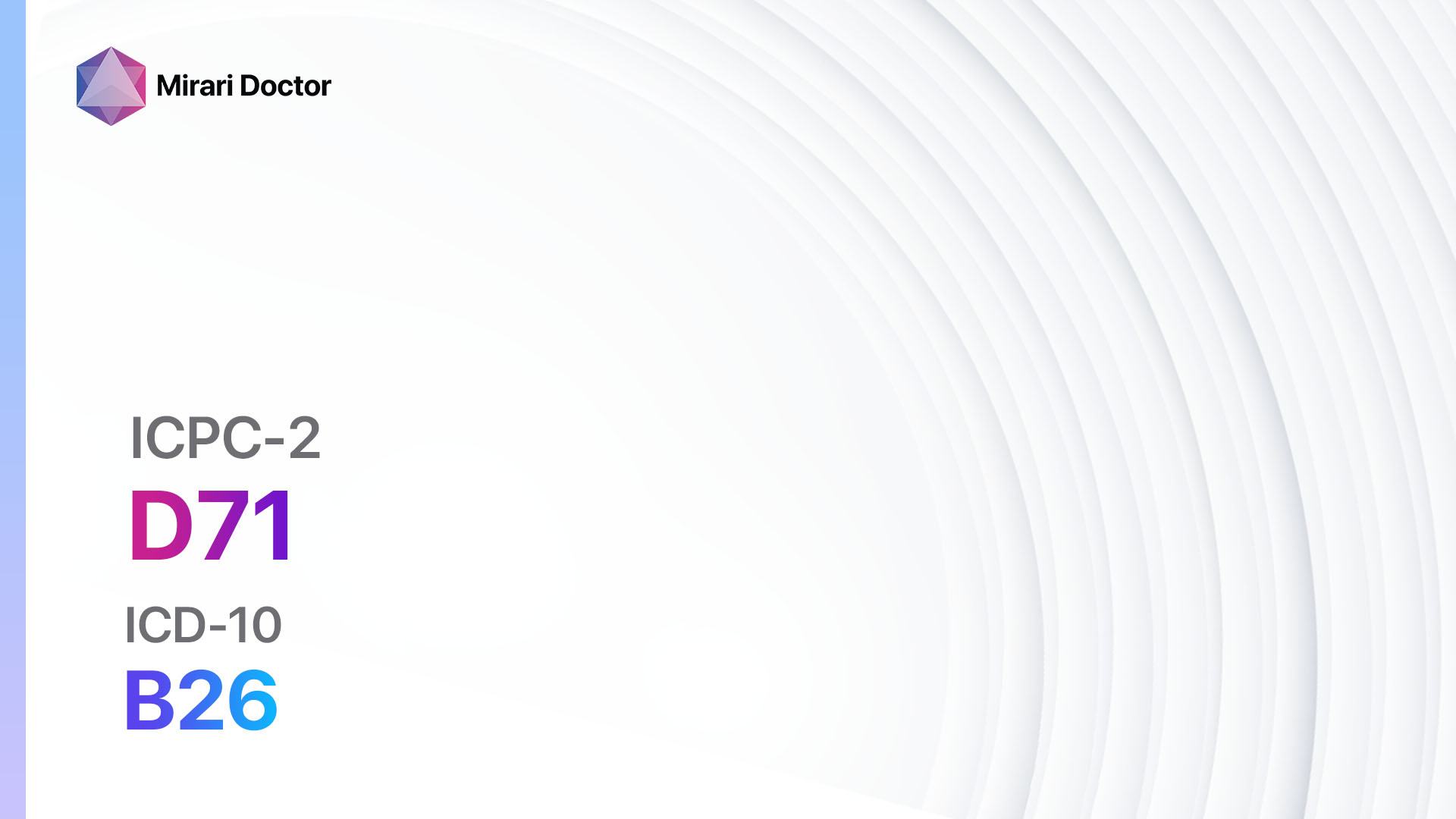
Introduction
Mumps is a contagious viral infection that primarily affects the salivary glands, causing swelling and pain[1]. It is caused by the mumps virus and is most commonly seen in children and young adults[2]. The aim of this guide is to provide a comprehensive overview of the symptoms, causes, diagnostic steps, possible interventions, and patient education related to mumps.
Codes
Symptoms
- Swollen and tender salivary glands (parotid glands)[5]
- Fever[6]
- Headache[7]
- Muscle aches[8]
- Fatigue[9]
- Loss of appetite[10]
Causes
- Mumps virus
- Spread through respiratory droplets (coughing, sneezing, talking)
- Close contact with an infected person
Diagnostic Steps
Medical History
- Gather information about recent exposure to individuals with mumps
- Assess for symptoms such as swollen salivary glands, fever, headache, and muscle aches
- Determine if the patient has received the mumps vaccine
Physical Examination
- Palpate the parotid glands to assess for swelling and tenderness
- Check for other signs of infection, such as fever and enlarged lymph nodes
Laboratory Tests
- Mumps IgM antibody test: Detects the presence of IgM antibodies specific to the mumps virus, indicating a recent infection
- Mumps PCR test: Detects the genetic material of the mumps virus in a sample, confirming the diagnosis
Diagnostic Imaging
- Generally not necessary for diagnosing mumps
- Imaging may be used if complications, such as orchitis or meningitis, are suspected
Other Tests
- Blood tests: May be done to assess white blood cell count and rule out other possible causes of symptoms
- Lumbar puncture: If meningitis is suspected, a sample of cerebrospinal fluid may be collected for analysis
Follow-up and Patient Education
- Advise the patient to rest and drink plenty of fluids
- Educate the patient about the contagious nature of mumps and the importance of isolation to prevent spreading the infection
- Provide information on managing symptoms, such as using over-the-counter pain relievers and applying warm or cold compresses to swollen glands
Possible Interventions
Traditional Interventions
Medications:
Top 5 drugs for Mumps:
- Acetaminophen (e.g., Tylenol):
- Cost: $5-$15 for a bottle of generic acetaminophen tablets.
- Contraindications: Allergy to acetaminophen.
- Side effects: Rare, but may include liver damage with high doses.
- Severe side effects: Allergic reactions, liver failure.
- Drug interactions: Alcohol, other medications containing acetaminophen.
- Warning: Do not exceed the recommended dosage.
- Ibuprofen (e.g., Advil, Motrin):
- Cost: $5-$15 for a bottle of generic ibuprofen tablets.
- Contraindications: Allergy to ibuprofen, history of stomach ulcers or bleeding disorders.
- Side effects: Upset stomach, heartburn.
- Severe side effects: Stomach bleeding, allergic reactions.
- Drug interactions: Aspirin, other NSAIDs.
- Warning: Take with food to reduce the risk of stomach upset.
- Antiviral medications (e.g., Ribavirin):
- Cost: $500-$1000 for a 30-day supply.
- Contraindications: Allergy to the medication.
- Side effects: Nausea, vomiting, headache.
- Severe side effects: Anemia, liver problems.
- Drug interactions: None listed.
- Warning: Not typically recommended for routine treatment of mumps.
- Antibiotics (e.g., Amoxicillin):
- Cost: $10-$30 for a 10-day supply of generic amoxicillin.
- Contraindications: Allergy to penicillin or other antibiotics.
- Side effects: Upset stomach, diarrhea.
- Severe side effects: Severe allergic reactions, Clostridium difficile infection.
- Drug interactions: None listed.
- Warning: Antibiotics are not effective against viral infections like mumps.
- Antipyretics (e.g., aspirin, ibuprofen, acetaminophen):
- Cost: Varies depending on the specific medication and brand.
- Contraindications: Allergy to the medication, certain medical conditions (e.g., liver disease, bleeding disorders).
- Side effects: Upset stomach, allergic reactions.
- Severe side effects: Stomach bleeding, liver damage.
- Drug interactions: Other medications that can affect blood clotting.
- Warning: Follow the recommended dosage and avoid using multiple antipyretics simultaneously.
Alternative Drugs:
- No specific alternative drugs are recommended for the treatment of mumps.
Surgical Procedures:
- No surgical procedures are typically required for the treatment of mumps.
Alternative Interventions
- Rest and adequate hydration: Allow the body to recover and support the immune system. Cost: None.
- Warm or cold compresses: Apply to swollen glands to help reduce pain and inflammation. Cost: None.
- Saltwater gargles: May help relieve sore throat symptoms. Cost: None.
- Herbal remedies: Some herbs, such as chamomile and sage, may have anti-inflammatory properties. Cost: Varies depending on the specific herb and brand.
Lifestyle Interventions
- Isolation: Avoid close contact with others to prevent spreading the infection. Cost: None.
- Good hygiene practices: Regular handwashing and covering the mouth and nose when coughing or sneezing. Cost: None.
- Adequate rest and sleep: Support the immune system and aid in recovery. Cost: None.
- Healthy diet: Provide essential nutrients for the immune system. Cost: Varies depending on food choices.
It is important to note that the cost ranges provided are approximate and may vary depending on the location and availability of the interventions.
Mirari Cold Plasma Alternative Intervention
Understanding Mirari Cold Plasma
- Safe and Non-Invasive Treatment: Mirari Cold Plasma is a safe and non-invasive treatment option for various skin conditions. It does not require incisions, minimizing the risk of scarring, bleeding, or tissue damage.
- Efficient Extraction of Foreign Bodies: Mirari Cold Plasma facilitates the removal of foreign bodies from the skin by degrading and dissociating organic matter, allowing easier access and extraction.
- Pain Reduction and Comfort: Mirari Cold Plasma has a local analgesic effect, providing pain relief during the treatment, making it more comfortable for the patient.
- Reduced Risk of Infection: Mirari Cold Plasma has antimicrobial properties, effectively killing bacteria and reducing the risk of infection.
- Accelerated Healing and Minimal Scarring: Mirari Cold Plasma stimulates wound healing and tissue regeneration, reducing healing time and minimizing the formation of scars.
Mirari Cold Plasma Prescription
Video instructions for using Mirari Cold Plasma Device – D71 Mumps (ICD-10:B26)
| Mild | Moderate | Severe |
| Mode setting: 1 (Infection) Location: 0 (Localized) Morning: 15 minutes, Evening: 15 minutes |
Mode setting: 1 (Infection) Location: 0 (Localized) Morning: 30 minutes, Lunch: 30 minutes, Evening: 30 minutes |
Mode setting: 1 (Infection) Location: 0 (Localized) Morning: 30 minutes, Lunch: 30 minutes, Evening: 30 minutes |
| Mode setting: 2 (Wound Healing) Location: 0 (Localized) Morning: 15 minutes, Evening: 15 minutes |
Mode setting: 2 (Wound Healing) Location: 0 (Localized) Morning: 30 minutes, Lunch: 30 minutes, Evening: 30 minutes |
Mode setting: 2 (Wound Healing) Location: 0 (Localized) Morning: 30 minutes, Lunch: 30 minutes, Evening: 30 minutes |
| Mode setting: 7 (Immunotherapy) Location: 1 (Sacrum) Morning: 15 minutes, Evening: 15 minutes |
Mode setting: 7 (Immunotherapy) Location: 1 (Sacrum) Morning: 30 minutes, Lunch: 30 minutes, Evening: 30 minutes |
Mode setting: 7 (Immunotherapy) Location: 1 (Sacrum) Morning: 30 minutes, Lunch: 30 minutes, Evening: 30 minutes |
| Mode setting: 7 (Immunotherapy) Location: 1 (Sacrum) Morning: 15 minutes, Evening: 15 minutes |
Mode setting: 7 (Immunotherapy) Location: 1 (Sacrum) Morning: 30 minutes, Lunch: 30 minutes, Evening: 30 minutes |
Mode setting: 7 (Immunotherapy) Location: 1 (Sacrum) Morning: 30 minutes, Lunch: 30 minutes, Evening: 30 minutes |
| Total Morning: 60 minutes approx. $10 USD, Evening: 60 minutes approx. $10 USD |
Total Morning: 120 minutes approx. $20 USD, Lunch: 120 minutes approx. $20 USD, Evening: 120 minutes approx. $20 USD, |
Total Morning: 120 minutes approx. $20 USD, Lunch: 120 minutes approx. $20 USD, Evening: 120 minutes approx. $20 USD, |
| Usual treatment for 7-60 days approx. $140 USD – $1200 USD | Usual treatment for 6-8 weeks approx. $2,520 USD – $3,360 USD |
Usual treatment for 3-6 months approx. $5,400 USD – $10,800 USD
|
 |
|
Use the Mirari Cold Plasma device to treat Mumps effectively.
WARNING: MIRARI COLD PLASMA IS DESIGNED FOR THE HUMAN BODY WITHOUT ANY ARTIFICIAL OR THIRD PARTY PRODUCTS. USE OF OTHER PRODUCTS IN COMBINATION WITH MIRARI COLD PLASMA MAY CAUSE UNPREDICTABLE EFFECTS, HARM OR INJURY. PLEASE CONSULT A MEDICAL PROFESSIONAL BEFORE COMBINING ANY OTHER PRODUCTS WITH USE OF MIRARI.
Step 1: Cleanse the Skin
- Start by cleaning the affected area of the skin with a gentle cleanser or mild soap and water. Gently pat the area dry with a clean towel.
Step 2: Prepare the Mirari Cold Plasma device
- Ensure that the Mirari Cold Plasma device is fully charged or has fresh batteries as per the manufacturer’s instructions. Make sure the device is clean and in good working condition.
- Switch on the Mirari device using the power button or by following the specific instructions provided with the device.
- Some Mirari devices may have adjustable settings for intensity or treatment duration. Follow the manufacturer’s instructions to select the appropriate settings based on your needs and the recommended guidelines.
Step 3: Apply the Device
- Place the Mirari device in direct contact with the affected area of the skin. Gently glide or hold the device over the skin surface, ensuring even coverage of the area experiencing.
- Slowly move the Mirari device in a circular motion or follow a specific pattern as indicated in the user manual. This helps ensure thorough treatment coverage.
Step 4: Monitor and Assess:
- Keep track of your progress and evaluate the effectiveness of the Mirari device in managing your Mumps. If you have any concerns or notice any adverse reactions, consult with your health care professional.
Note
This guide is for informational purposes only and should not replace the advice of a medical professional. Always consult with your healthcare provider or a qualified medical professional for personal advice, diagnosis, or treatment. Do not solely rely on the information presented here for decisions about your health. Use of this information is at your own risk. The authors of this guide, nor any associated entities or platforms, are not responsible for any potential adverse effects or outcomes based on the content.
Mirari Cold Plasma System Disclaimer
- Purpose: The Mirari Cold Plasma System is a Class 2 medical device designed for use by trained healthcare professionals. It is registered for use in Thailand and Vietnam. It is not intended for use outside of these locations.
- Informational Use: The content and information provided with the device are for educational and informational purposes only. They are not a substitute for professional medical advice or care.
- Variable Outcomes: While the device is approved for specific uses, individual outcomes can differ. We do not assert or guarantee specific medical outcomes.
- Consultation: Prior to utilizing the device or making decisions based on its content, it is essential to consult with a Certified Mirari Tele-Therapist and your medical healthcare provider regarding specific protocols.
- Liability: By using this device, users are acknowledging and accepting all potential risks. Neither the manufacturer nor the distributor will be held accountable for any adverse reactions, injuries, or damages stemming from its use.
- Geographical Availability: This device has received approval for designated purposes by the Thai and Vietnam FDA. As of now, outside of Thailand and Vietnam, the Mirari Cold Plasma System is not available for purchase or use.
References
- Hviid, A., Rubin, S., & Mühlemann, K. (2008). Mumps. The Lancet, 371(9616), 932-944.
- Rubin, S., Eckhaus, M., Rennick, L. J., Bamford, C. G., & Duprex, W. P. (2015). Molecular biology, pathogenesis and pathology of mumps virus. The Journal of pathology, 235(2), 242-252.
- World Health Organization. (2016). International Classification of Primary Care, Second edition (ICPC-2).
- World Health Organization. (2019). International Statistical Classification of Diseases and Related Health Problems (11th ed.).
- Larsson, Romy ; Öberg, P.Åke ; Larsson, Sven-Erik (1999). Changes of trapezius muscle blood flow and electromyography in chronic neck pain due to trapezius myalgia. DOI: 10.1016/S0304-3959(98)00144-4
- Nicoara, C ; Zäch, K ; Trachsel, D ; Germann, D ; Matter, L (1999). Decay of Passively Acquired Maternal Antibodies against Measles, Mumps, and Rubella Viruses. DOI: 10.1128/cdli.6.6.868-871.1999
- Harper, Charles R ; Jacobson, Terry A (2007). The broad spectrum of statin myopathy: from myalgia to rhabdomyolysis. DOI: 10.1097/MOL.0b013e32825a6773
- Tröger, U ; Stötzel, B ; Martens-Lobenhoffer, J ; Gollnick, H ; Meyer, F P (2002). Severe myalgia from an interaction between treatments with pantoprazole and methotrexate. DOI: 10.1136/bmj.324.7352.1497
- Williamson, Brian L ; Johnson, Kenneth L ; Tomlinson, Andy J ; Gleich, Gerald J ; Naylor, Stephen (1998). On-line HPLC-tandem mass spectrometry structural characterization of case-associated contaminants of l-tryptophan implicated with the onset of eosinophilia myalgia syndrome. DOI: 10.1016/S0378-4274(98)00223-9
- HILL, R. H ; CAUDILL, S. P ; PHILEN, R. M ; BAILEY, S. L ; FLANDERS, W. D ; DRISKELL, W. J ; KAMB, M. L ; NEEDHAM, L. L ; SAMPSON, E. J (1993). Contaminants in L-Tryptophan associated with eosinophilia myalgia syndrome. DOI: 10.1007/BF00230724
Related articles
Made in USA


